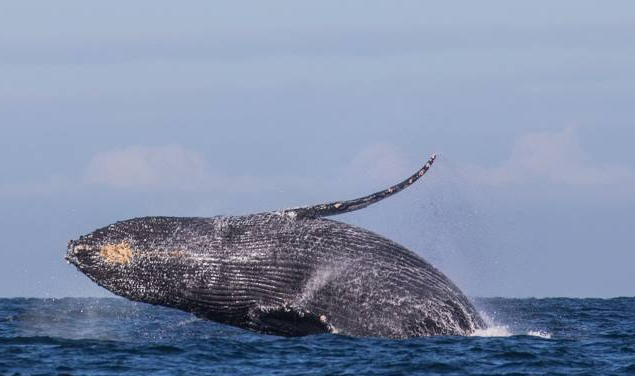Blue whales are the biggest creatures on the earth, and scientists have unveiled the reason which helped them emerge as the unquestionable monsters on the blue planet. Baleen whales, the group in which blue whales and humpback whales belong have long bristles in their mouth and this effective feeding tool helped them to suck loads of tiny sea creatures.
Blue whales' efficient feeding strategy

The bristles in the mouth of blue whales instead of teeth literally act as giant filters, and it allows the marine monster to intake huge amounts of water loaded with plankton, small fishes and krills in a single gulp. This effective feeding strategy helped blue whales to eat more calories when compared to orcas and dolphins that usually hunt larger prey for survival.
In the new study report, researchers noted that the size of these ocean giants is only limited by the seasonal abundance of the prey. As per researchers, the number of krills, present in oceans during the summer season usually restrict how large these marine creatures can grow.
"The largest baleen whale species must reap the energy gains of krill patches in only a few of the most productive summer months at high latitudes. Highly efficient filter-feeding strategies mean that these whales can build up fat stores that can then power their migrations across ocean basins to breeding grounds at lower latitudes that are leaner and provide much less food," said Jeremy Goldbogen, a biologist at Stanford University, and the lead researcher in a recent statement.
The research report published in journal Science revealed that scientists used more than 10,000 feeding events were recorded and analyzed during the study. The study report noted that only filter-feeding whales evolved a hunting strategy that helped them to achieve maximum size.
Whales that could walk on land
A few months back, another study report published in the journal Current Biology detailed about the discovery of a fossilized, 42-million-year-old four-legged whale. During the research, palaeontologists successfully recovered most of the four-legged whale skeleton that includes its jaws, tail, and parts of its spine.
Researchers, in their study report, noted that this fossil dated back to the middle of the Eocene Epoch period, and they named the whale 'Peregocetus pacifius'.









